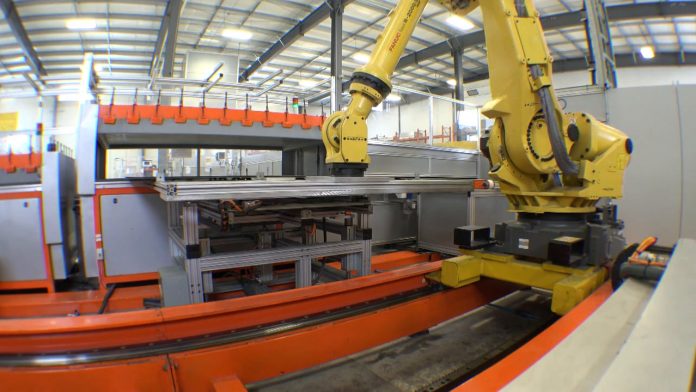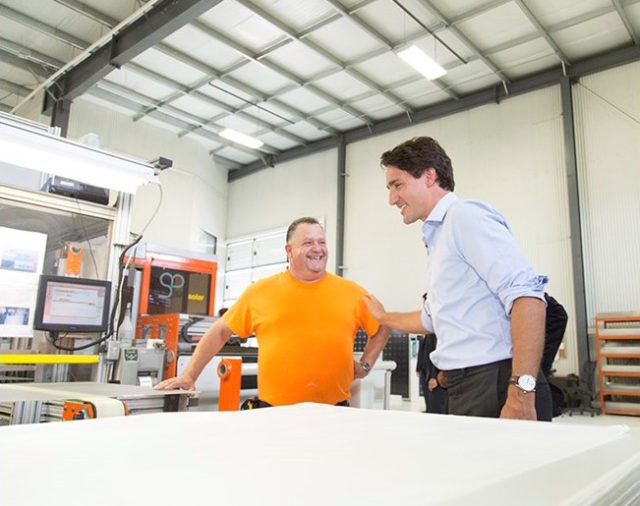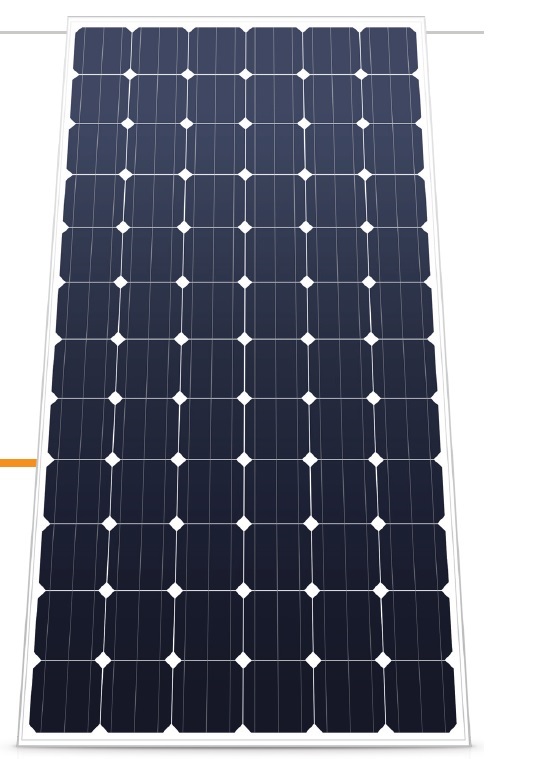-
Headquarters -
520 Allens Side Road, Sault Ste. Marie, Ontario, P6A 6K4
-
Year established -
2010
-
NAICS -
333990 - All other general-purpose machinery manufacturing
-
Major expansions -
2019
-
Employees -
203
-
Exports -
US
-
Download -
Heliene
Heliene Inc. manufacturers solar photovoltaic modules to service various infrastructure projects and is in the process of developing solar modules for uses in different industries.
Organization
A few years ago, the city of Sault Ste. Marie, Ontario branded itself as the “Alternative Energy Capital of North America.” Today, it is home to one of the largest wind farms in Canada, five hydroelectric stations, two over-sized solar farms and Heliene Inc., a successful solar panel manufacturer. Heliene uses its highly automated 30,000-square-foot facility on Allens Side Road and just-in-time delivery model to offer the best solar photovoltaic modules and customer service in the market. The company is also about to open a state-of-the-art production facility in Minnesota to service the American market, which company president Martin Pochtaruk calls the “newest and most modern factory in the United States.”
History
Heliene was founded in 2010 by Pochtaruk and a group of investors with an investment of $12 million, as well as a $2.5 million loan from the Ontario government. This decision was in response to the Green Energy Act, passed in 2009 by Premier Dalton McGuinty’s cabinet. The legislation was intended to stimulate the economy and lift Ontario out of the 2008–09 recession by creating jobs in the renewable energy industry, offering subsidies to renewable energy generators like solar and wind farms. However, to be eligible for these subsidies, generators were required to source a certain percentage of their equipment from within Ontario.
Pochtaruk and his team recognized this legislation as a promising opportunity, and Heliene produced its first solar photovoltaic panels in October 2010. Since then, a combination of market forces and legislative changes have altered the renewable energy industry (e.g., Ontario was ordered by the World Trade Organization to remove the domestic content requirements in 2013), forcing Heliene to continue its commitment to innovation, just-in-time delivery, automation, and bankability in order to remain a leader in the industry.
Performance
Since its inception, Heliene has grown to comprise over two hundred employees within Canada and the USA. In 2017, the company achieved over $94 million in sales. The vast majority of its revenue comes from infrastructure investments with third-party non-recourse financing. Examples of the typical stakeholders involved include solar project developers, engineering and construction companies, and commercial utility companies. The financiers behind Heliene’s projects need suppliers who are approved, bankable vendors. Essentially, lenders must be convinced that the technology will perform as required, and that Heliene is financially stable enough to honour its long-term warranties (its solar modules have a 25-year warranty).
Gaining lenders’ confidence requires a proven track record of success and accountability, which Heliene has readily provided. This record gives the company a competitive advantage over other, less established manufacturers looking to break into the industry. Moreover, Heliene’s early entry to the solar industry has allowed it to remain ahead of its competitors with respect to the technological capabilities of its products. The company’s photovoltaic modules are the only ones among North American producers listed as “Tier 1” by Bloomberg New Energy Finance.
In order to produce the highest-quality product on the market, Heliene focuses heavily on perfecting its production process. Its Sault Ste. Marie facility is highly automated and leverages some of the most advanced technologies available in the industry. Further, the production staff makes heavy use of data collection and analytics. As Pochtaruk notes, management can use this data to determine what part was being made, by whom, and who was within 20 feet of the part at the time; this gives Heliene complete traceability in all of its products, which is another requirement for satisfying its customers.
In 2017, the majority of Heliene’s sales came from the United States and Pochtaruk expects the company to continue capitalizing on this market moving forward. In the United States, he explains, solar energy is the fastest growing source when it comes to new power generation. Pochtaruk is confident that demand for solar panels is strong and will continue to grow in the future.
Challenges
The solar industry in Ontario has experienced several ups and downs since Heliene began in 2010. Growth in the industry has not been as substantial as many initially forecasted, and the removal of domestic content requirements for generators in Ontario was not favourable to manufacturers like Heliene. However, the company has remained successful by continuing to innovate and explore new markets, and by capitalizing on its reputation among key stakeholders in the industry.
U.S. solar panel tariffs implemented in January 2018 pose another significant challenge for Heliene. When a 30 percent tariff was immediately imposed on all panels imported into the United States, it seriously diminished Heliene’s margins. Fortunately, thanks to its new U.S. facility opening in late August 2018, the firm will be able to keep servicing this market effectively.
Prospects
Heliene continues to secure its future by taking on many exciting new initiatives. At present, the company is partnering with Canadian post-secondary institutions and governments to develop solar modules for use in other industries. One example is the company’s partnership with Queen’s University ePower laboratory to develop an intelligent solar module for use in transforming legacy power distribution systems to smart distribution systems. These modules will be able to produce active and reactive power on demand and communicate in real time with the control room of the utility company to increase efficiency.
A second exciting development is Heliene’s partnership with a Southern Ontario College (with funding from the Ontario’s Agricultural Council) to create specialized solar panels for greenhouse rooves. These panels will not only power the greenhouses but will also polarize all light that enters the them, enabling faster plant growth. Pochtaruk believes this project is a great opportunity to break into the rapidly growing greenhouse market worldwide.
A final project Heliene is working on is designing and developing fully solar powered electrical vehicle chargers. This rapidly growing market is increasingly looking for green solutions, which the company hopes to provide with the help of funding from the Government of Canada. Heliene is a perfect example of an Ontario manufacturer that is both spurring economic growth in Canada and doing its part to help the environment as well.
For more information about Heliene, visit their website.
Published: September 5, 2018

Sciencetech
Sciencetech designs and manufactures optical spectroscopic instruments, which are utilized across a wide range of industries and applications.
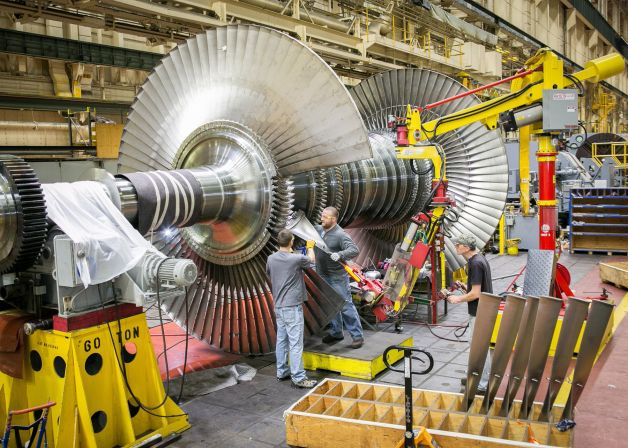
Givens Engineering
Givens Engineering Inc. designs and manufactures light cranes, manipulators and machinery for industrial use. The company specializes in lifting equipment and automated material-handling machines.
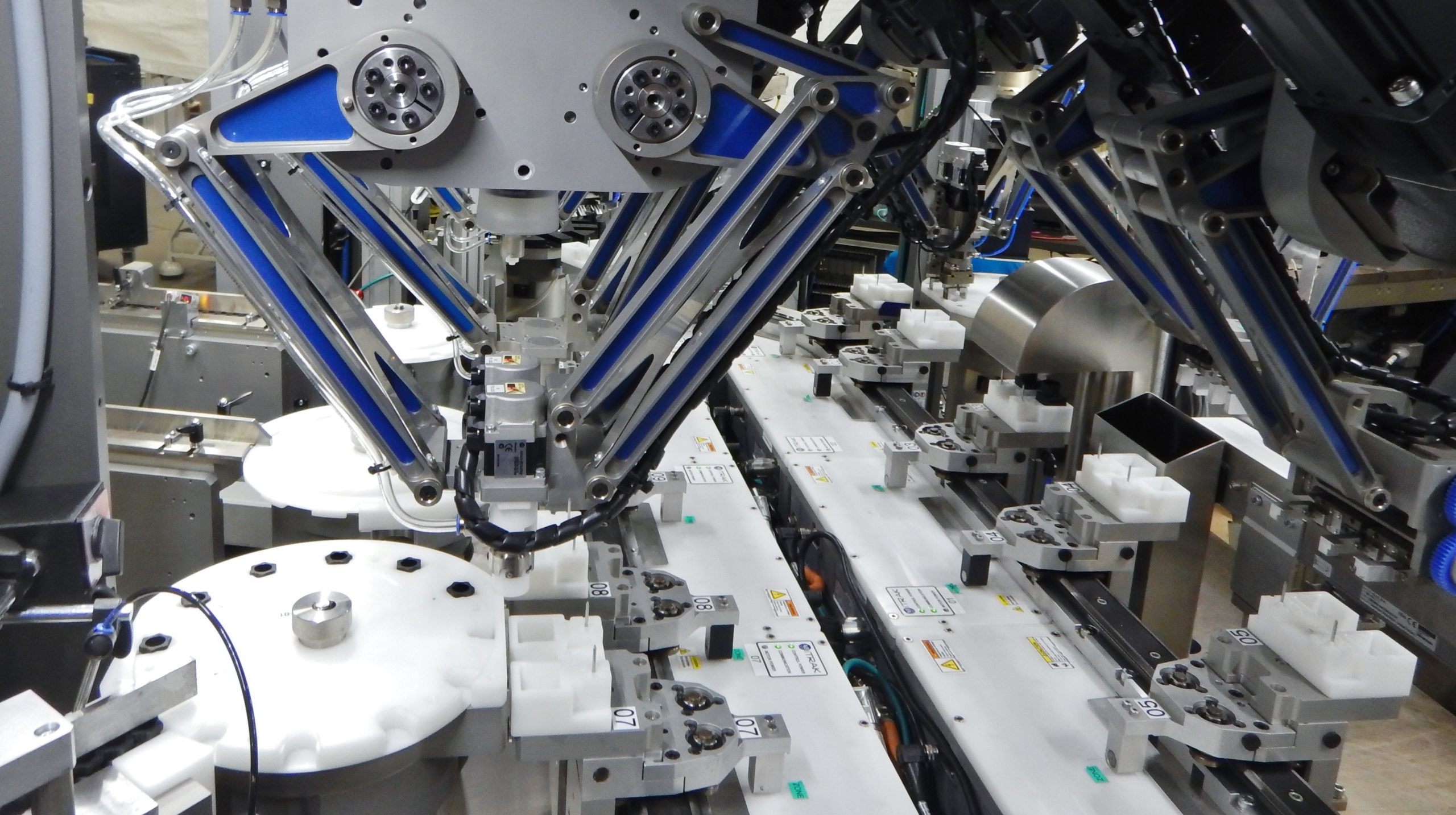
Transformix Engineering
Transformix Engineering is exclusively focused on CNCAssembly® technology in the specialized niche of "continuous motion", and have developed it into a general solution for small-part assembly.

J&S Manufacturing
J&S Manufacturing is a mining equipment manufacturer, with in-house design capabilities that allow the firm to manufacture mobile equipment as well as technical custom equipment. The company’s motto is “Built to Perform”.
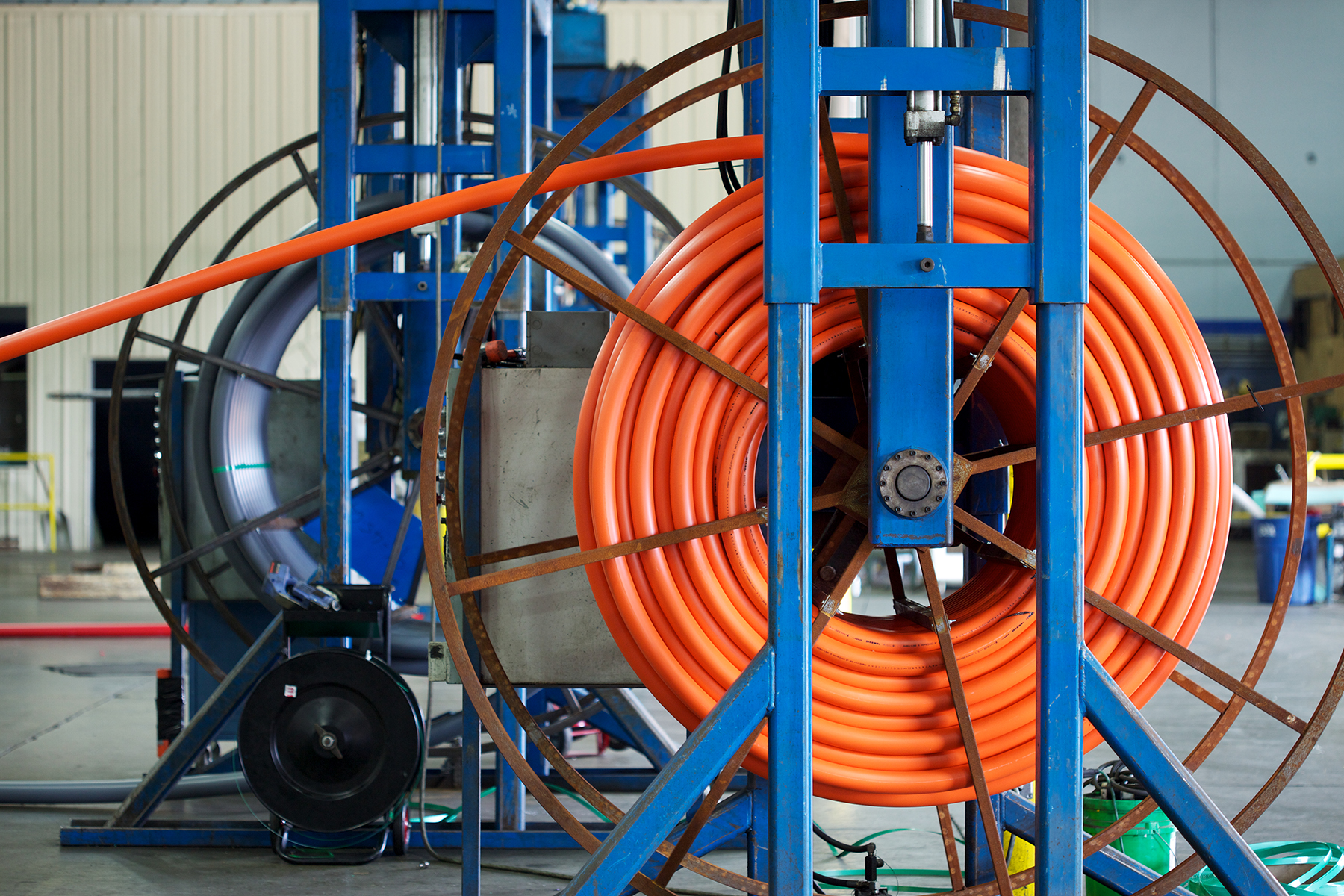
Dura-Line
Dura-Line has is a manufacturer and worldwide distributor of communication and energy infrastructure products and systems.
